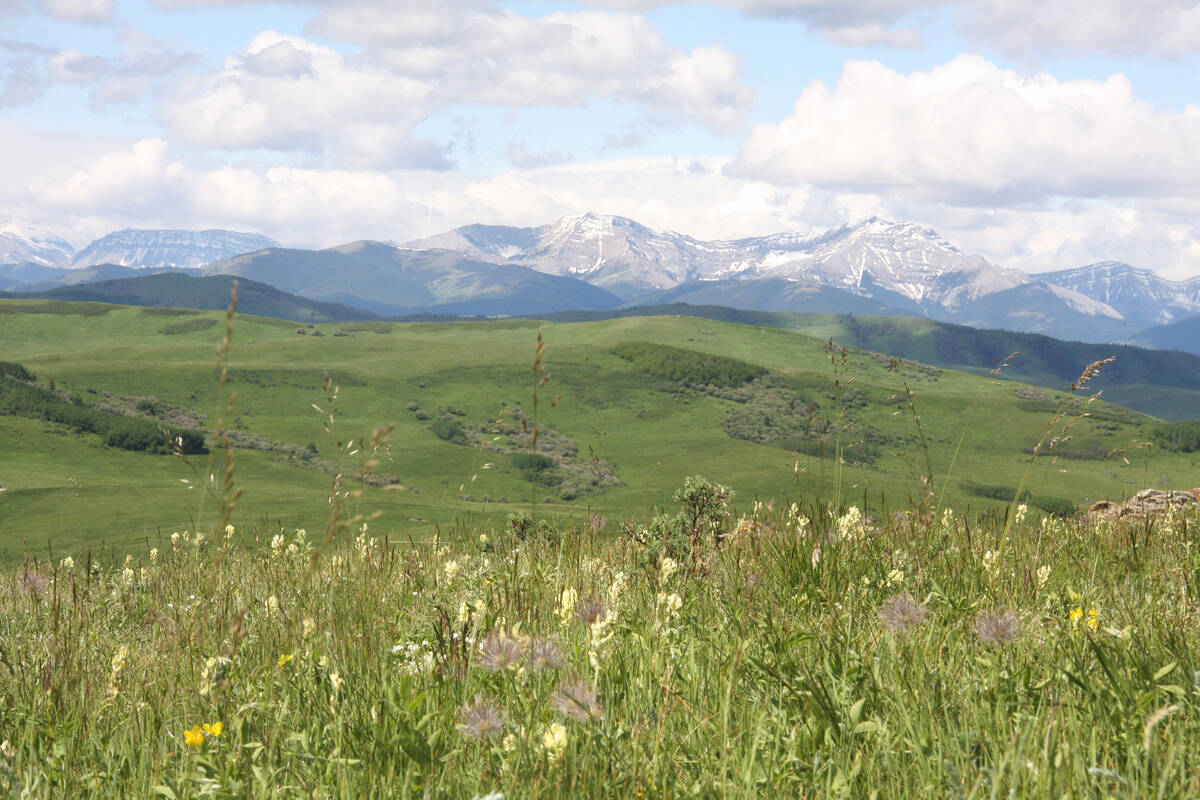Saskatchewan’s Great Sand Hills are still in good shape, says an American expert leading a team that will conduct an environmental study of the sensitive region.
Reed Noss, an expert in ecosystem management from the University of Central Florida in Orlando, said Jan. 28 he had not yet toured the area but had examined information gathered in previous studies.
“The Great Sand Hills is still in pretty good condition,” he told reporters.
Although the area is home to gas drilling, ranching and other activities, its ecological integrity has been maintained, he said.
Read Also

Selenium not deal breaker in coal mining: expert
Environmental scientist weighs in on coal mining debates in Western Canada, explaining selenium and the technologies and practices to lower its concentrations in nearby waterways to coal mining operations
“It’s not like one more development is going to push it over the brink.”
Noss said there are always tradeoffs when balancing environmental, economic and social factors.
Energy exploration has already occurred in about one-third of the 1,940 sq. kilometre area, which holds about 20 percent of the provincial gas reserves.
The province earns about $5.3 million annually in oil royalties.
Lease fees paid by ranchers for crown land in the area generate $1.75 million each year.
Noss, Bram Noble from the University of Saskatchewan, David Gauthier and Harry Polo Diaz from the University of Regina and Paul James from the Saskatchewan environment department, will do the study over the next two years, at a cost of $3 to $4 million.
The provincial government is paying for the study, which was initiated upon the recommendation last June of an advisory committee set up to study the region’s future.
The area includes active and inactive dunes and has potential for more tourism development.
Diaz said his role was to examine how people use the area and to what extent they are willing to work together to establish agreements on that use. For example, he will talk to ranchers and First Nations people about how they can balance their interests.
Noss said he has high hopes for the study’s outcome because of the condition of the hills and the team he will work with.
“I’ve participated in regional planning processes, ecological assessments, literally all over this continent, and on some others as well, and I have more faith in this one actually succeeding all the way down the line and through the long term than any other case I can think of,” he said.
The study is expected to be complete by the fall of 2006.















